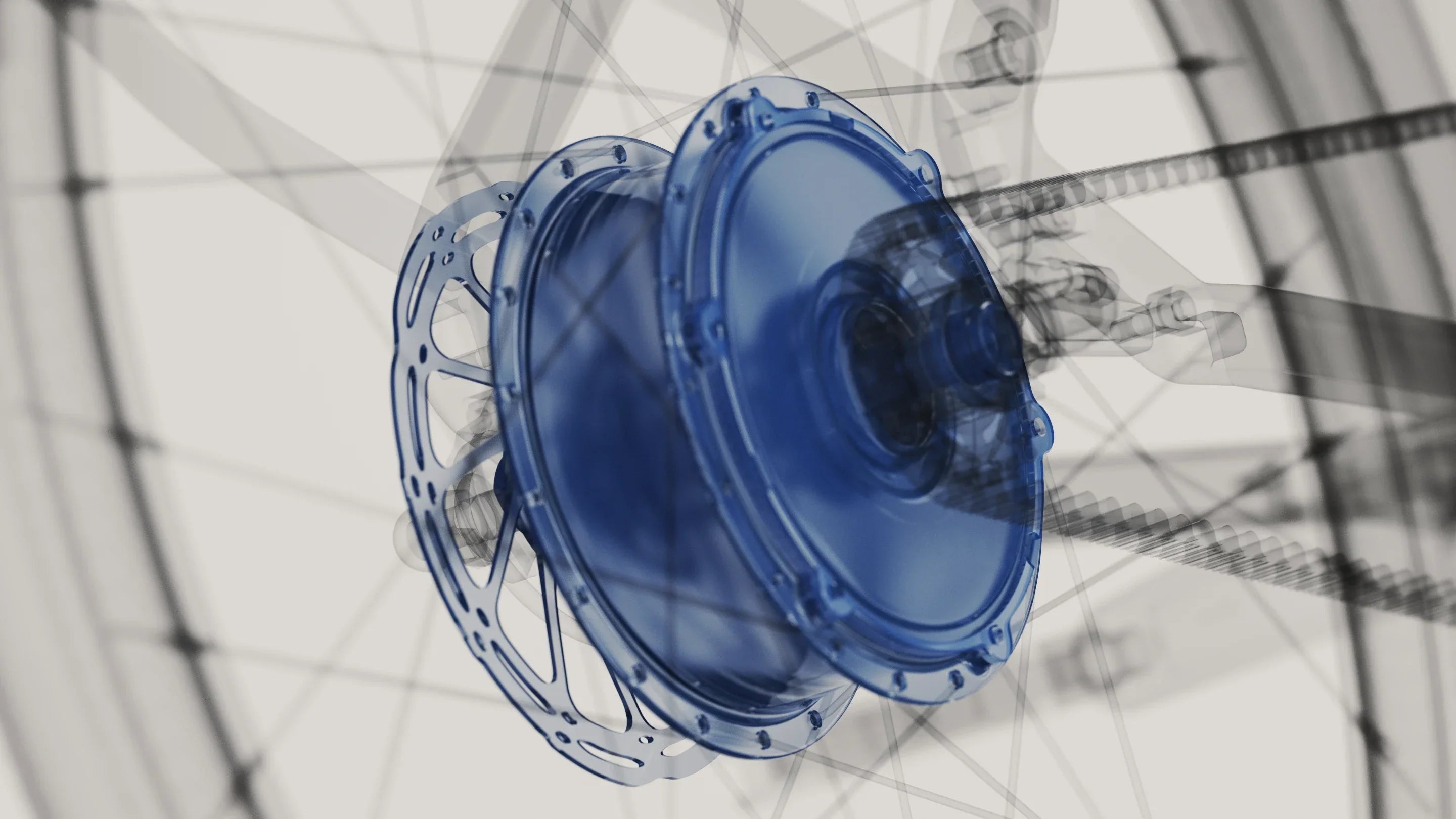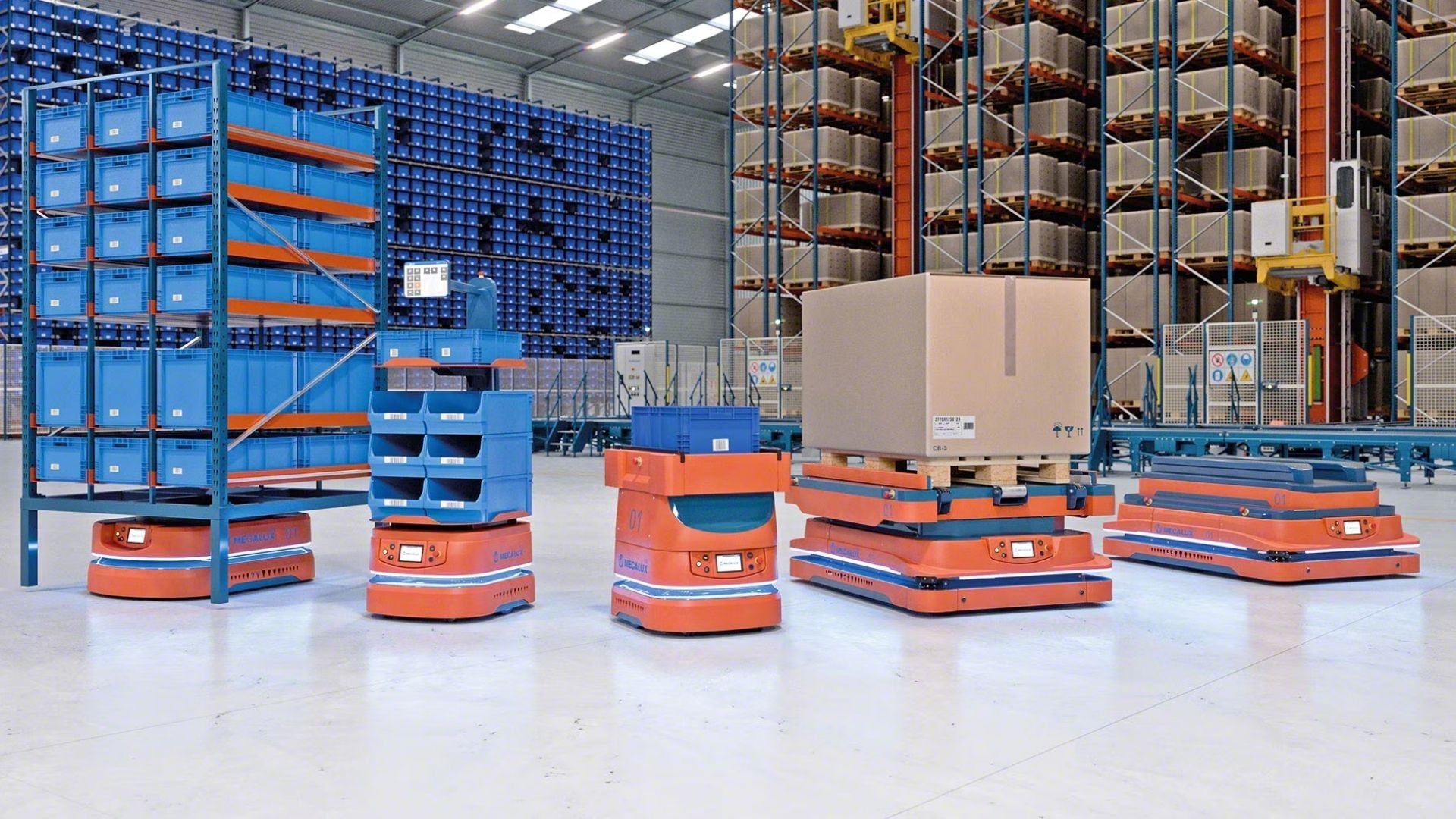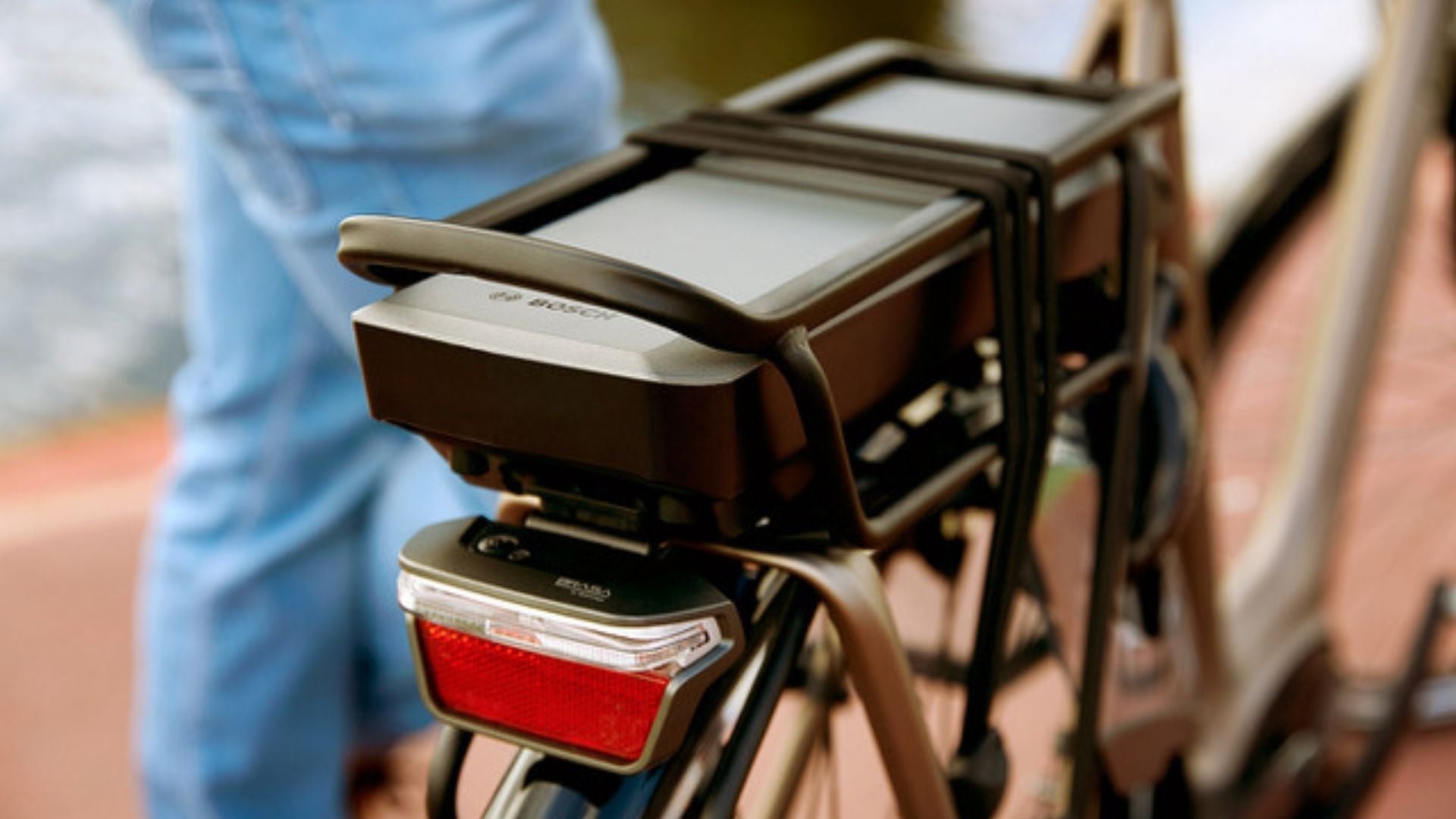Everything you need to know about how an electric bike works

Electric bikes are taking over our streets, and for good reason. Offering a sustainable and practical mobility solution, they're attracting more and more urbanites looking for efficiency and sustainability.
Among the market's leading models, the Anod Hybrid stands out for its performance and innovative design . It will revolutionize your travels thanks to its smooth pedal assistance, its supercapacitors, and its long-lasting battery that is particularly light and easy to carry. Details to follow!
The basics of how an electric bike works
Understanding how an electric bike works is an essential first step in choosing the right model. However, it is important to know the difference between an electric bike and an electrically assisted bike , as these terms are often used interchangeably due to misuse of language.
An electric-assist bicycle (EAB) is equipped with a motor that activates only when you pedal. This type of bicycle assists you in your efforts, especially when going uphill or over long distances. The assistance stops when you stop pedaling or when you exceed a certain speed, usually 25 km/h.
In contrast, an electric bike , often called a speedbike , has a motor capable of propelling the bike without requiring you to pedal. Speedbikes can reach higher speeds, up to 45 km/h, which often places them in a different category requiring specific regulations, such as registration and insurance.
When it comes to the main components of an electric bike, they include a battery, a motor, and a controller:
-
the battery provides the energy needed by the motor, and its autonomy varies depending on its capacity and the use of the bike;
-
the motor , generally located in the hub of the rear or front wheel, or sometimes at the level of the pedal crank, transforms this energy into movement;
-
The controller manages the motor power supply based on data received from the pedal sensors and the user's command.
Motorization and electric assistance
How does electric assistance work on a bicycle?
As we have already seen, the electric assistance of a bicycle is based above all on a motor , a battery , and a controller . The motor, the heart of the system, is generally located either in the hub of the front or rear wheel, or at the level of the crankset. Each location has its advantages:
-
Front hub motor : It is simple and offers direct traction, which is ideal for flat terrain;
-
Rear hub motor : It provides a more natural feel and is often preferred for mountain bikes and rough terrain;
-
Bottom bracket motor : It is placed in the center of the bike, which offers better weight distribution and more powerful and responsive assistance.
The battery , meanwhile, powers the motor. Its capacity, measured in watt-hours (Wh), determines the bike's range. A large-capacity battery allows you to travel longer distances without recharging.
The controller is the brains of the system. It regulates the motor's power based on information received from the pedaling sensors and the user's commands. When you start pedaling, the sensors detect your movement and send a signal to the controller, which activates the motor to assist you. It's important to note that this assistance is progressive and adapts to your effort, guaranteeing a natural and smooth pedaling experience.
The Anod Hybrid uses a bottom bracket motor to provide responsive assistance and a balanced ride. Its high-capacity battery allows you to cover long distances without worry, while its sophisticated controller ensures a smooth transition between your effort and the motor's assistance.
Can you ride an electric bike without assistance?
Yes, it is entirely possible to ride an electric bike without assistance , but it is important to understand the situations where it can be useful.
For most e-bikes, including high-performance models like the Anod Hybrid, you can turn off the electric assist and ride the bike like a traditional bike. However, this isn't always a pleasant experience.
When the electric assist is turned off, the bike's motor is no longer powered by the battery. In this situation, the motor, especially if it uses powerful magnets, can act as a brake . This means the cyclist must pedal against the resistance created by these magnets. This phenomenon, known as " magnetic resistance ," makes pedaling more difficult than with a traditional bike.
Despite this resistance, there are situations where riding without assistance can be useful:
-
Battery saving: If you are running low on battery and still have some distance to go, you can turn off the assistance to conserve remaining energy for critical moments;
-
Physical exercise: Sometimes you may want to exert more effort. Turning off the assistance allows you to pedal harder and work your muscles more;
-
Regulations: In certain areas or situations, it may be necessary to disable assistance to comply with specific regulations.
The Anod Hybrid is specifically designed to provide the most enjoyable pedaling experience possible, even without assistance . Thanks to its ergonomic design and high-quality components, you can still ride comfortably, even if the motor offers slight resistance. However, for optimal comfort and an effortless cycling experience, it is recommended to keep the electric assistance activated as much as possible!
The battery of an electric bike

Electric bikes primarily use lithium-ion batteries , known for their high energy density, lightweight, and long lifespan. These batteries store the energy needed to power the bike's motor, providing pedal assistance. When charging, the electricity is stored in the battery cells, ready to be used when you need it for your commute.
It's important to know that battery weight and size can vary, but they're generally quite heavy and bulky . Standard lithium-ion batteries for electric bikes weigh between 2 and 3 kg and are often over 40 cm long . These characteristics can make transporting and handling batteries somewhat cumbersome.
The Anod Hybrid stands out here thanks to its ultra-compact and lightweight lithium battery . Weighing only 650 grams and measuring 18 cm, this battery is 6 times more compact than standard batteries and uses just as much less lithium! Its battery can therefore easily slip into a pocket or bag, giving you great freedom of movement.
The Anod Hybrid's battery is not only compact and lightweight, but it also charges very quickly. You can use a standard USB-C charger to charge it in less than 1.5 hours , which is significantly faster than the 3 to 5 hours required for traditional batteries. This battery can also be used as an external power source to charge devices like your smartphone, adding an extra practical feature to your daily life.
The icing on the cake: by integrating supercapacitors into its system, the Anod Hybrid also allows efficient energy recovery during braking , thus extending the range and improving the overall durability.
If you're still hesitant about buying your own electric bike, don't hesitate to run a simulation of the aid and subsidies to which you are entitled!
Managing gears on an electric bike
Knowing how to shift gears on an electric bike helps you optimize the electric assistance you receive and your overall riding experience.
Here are some simple but practical tips to get the most out of your electric bike, like the Anod Hybrid:
-
Anticipate changes in terrain: Before a climb, shift to a lower gear to allow the motor to provide more efficient assistance and maintain a comfortable pedaling cadence. Before a descent, shift to a higher gear to take advantage of the momentum and avoid overworking the motor;
-
Maintain a constant pedaling cadence: An optimal pedaling cadence is generally between 60 and 90 revolutions per minute. Maintaining this cadence allows the motor to operate in an optimal range, which improves the effectiveness of the assistance and preserves battery life;
-
Use the electric assistance levels correctly: Low assistance is ideal on flat terrain or when you want to exercise more, while medium to high assistance is essential for tackling hills;
-
Shift gears gradually: Avoid shifting multiple gears at once. Shift gears one at a time to allow the engine and transmission to adjust properly, preventing premature wear and ensuring smooth assistance;
-
Slightly release pressure on the pedals when shifting: When shifting gears, slightly release pressure on the pedals to reduce tension on the chain and derailleur, allow for smoother shifting and minimize component wear;
Take advantage of advanced technology: Bikes like the Anod Hybrid are equipped with advanced gear and assistance management systems. Feel free to use these features to automatically adjust the assistance based on your effort and the terrain, optimizing the bike's overall efficiency!
The advantages and disadvantages of an electric bike
|
Benefits |
Disadvantages |
|
|
Do you have to pedal an electric bike? Yes, you have to pedal an electric bike, especially an electric-assist bike (EAB)! The motor only activates when you pedal, providing assistance proportional to your effort. For electric bikes (speedbikes), the motor can operate without pedaling, but these models are often subject to specific regulations.
How to use an electric bike on a daily basis?
How to use an electric bike? Using an electric bike on a daily basis is particularly simple and practical. Simply turn on the electric assistance, select the desired level of assistance, and pedal like a conventional bicycle. The bike's sensors will adjust the assistance based on your effort, making each ride more enjoyable and less tiring. Here are some tips for optimizing the maintenance and daily use of an electric bike:
-
Use assistance modes wisely: Choose an assistance level that suits the terrain and your fitness level. For example, use low assistance on flat terrain and increase it for climbs;
- Charge the battery regularly: Recharge the battery after each use to ensure optimal battery life. Avoid letting the battery discharge completely before recharging it;
-
Maintaining the battery: Keep the battery at a moderate temperature and avoid prolonged exposure to extreme temperatures. Store the battery in a cool, dry place when not in use;
-
Check tire pressure: Keep tires properly inflated to improve fuel efficiency and ride comfort. Keep in mind that underinflated tires can increase rolling resistance and therefore reduce range;
-
Lubricate the chain regularly: Apply oil to the chain every 100 to 200 km to reduce wear and ensure smooth transmission. Clean the chain before lubricating it to remove dirt and residue;
-
Check the brakes: Regularly check the condition of the brake pads and replace them if they are worn, because well-maintained brakes ensure your safety;
-
Inspect electrical connections: Check cables and connectors for signs of wear or disconnection. All electrical components must be securely attached and functioning properly;
-
Store your bike properly: Remember to store your bike in a dry and secure place, for example using a protective cover to protect the electrical components from moisture;
- Have regular checks: Finally, remember to take your electric bike to a professional for a complete check at least once a year!
The Anod Hybrid: its specificities and unique advantages
The Anod Hybrid stands out in the e-bike market thanks to unique features and benefits that make it an excellent choice for demanding users. Here's a quick overview of what makes this bike exceptional in terms of features:
-
Advanced hybrid technology with supercapacitors and lithium battery : The Anod Hybrid uses a combination of supercapacitors and an ultra-compact lithium battery. This hybrid technology allows efficient energy recovery during braking and ensures extended driving range without the need for frequent recharging;
- Ultra-light and compact battery: Weighing only 650 grams and measuring 18 cm, the Anod Hybrid battery is 6 times more compact than conventional batteries and uses 6 times less lithium. It recharges in less than 1.5 hours via a USB-C port, which allows for increased flexibility and practicality;
- High-performance motor: The Anod Hybrid's motor is designed for high energy efficiency, providing powerful assistance while consuming little energy. It also recovers energy during braking, further extending battery life.
This time, when it comes to the advantages of the Anod Hybrid, you will be particularly impressed by:
-
Its ecological and sustainable aspect : Thanks to its compact battery and supercapacitors, the Anod Hybrid minimizes the use of lithium, thus contributing to a more environmentally friendly mobility solution;
-
The longevity of its components : Its supercapacitors have a lifespan of 15 years and are fully recyclable, guaranteeing exceptional durability of the bike;
-
Its light weight : The Anod Hybrid, thanks to its lightweight battery, remains easy to maneuver and transport, whether for climbing stairs or storing it in a small space;
-
Its ease of use and charging : With its fast USB-C charging, you can recharge your battery anywhere, anytime, even with a smartphone charger;
-
Its hydraulic disc brakes : They guarantee efficient and secure braking, and therefore your safety even at high speeds or on difficult terrain;
-
Its ergonomic design : It allows an upright and natural driving posture, reducing fatigue during long journeys;
-
Its intelligent management system : The Anod Hybrid's controller automatically adjusts the assistance according to your effort and driving conditions, thus optimizing energy use and improving the driving experience.
Why choose the Anod Hybrid? The Anod Hybrid is an ideal option for those looking for an innovative, eco-friendly and high-performance electric bike , especially in urban environments ! Its advanced technical specifications, its compact and efficient battery, as well as its high-performance motor make it a leading choice for sustainable and pleasant mobility.






